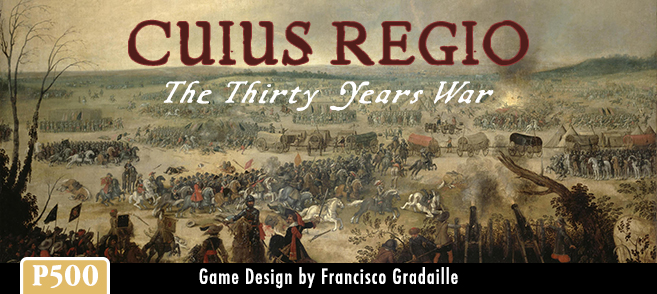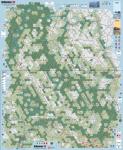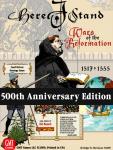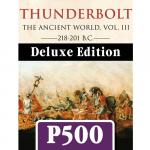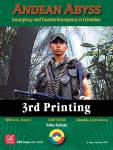![]()
![]()
![]()
![]()
![]()
![]()
Cuius Regio: The Thirty Years War
"War is our homeland, our hauberk is our house."
—Attributed as a Soldiers' saying from the Thirty Years War
In May 1618, two imperial regents of the Habsburg Empire, along with their secretary, were thrown from the window of the council room in Prague Castle for violating an agreement that protected Protestant religious rights. The act, known as the Defenestration of Prague, marked the beginning of 30 bloody years of warfare— the Thirty Years War.
Cuius Regio explores the operational military aspects of this pivotal period in European history and focuses on the maneuvers and battles that shook Europe for three decades.
The Thirty Years War unfolded in four main phases: the Bohemian Revolt from 1618 to 1625, the Danish intervention from 1625 to 1630, the Swedish intervention from 1630 to 1635, and the French intervention from 1635 to 1648. It concluded with the Peace of Westphalia in 1648, which finally established a new status quo in Europe, the concept of the sovereignty of states, and shifted the focus of continental politics from southern Europe to the northern states.
Although much of the focus of the period revolved around the diplomatic, religious, and political activities of the many factions involved, the military operations had a devastating impact on the economic and social well-being of the people across much of the continent.
This was in large part because the Thirty Years War, particularly in the Holy Roman Empire, was mainly a war of maneuvering. Armies moved to gain, or regain, control of territory, influence negotiations, or convert the people. Because the armies often contained a large number of mercenaries and supply systems were rudimentary, this resulted in widespread devastation and frequent sieges. Sieges, however, were usually short and resolved by a quick surrender in hopes of avoiding a brutal sacking (since most logistics were managed by sacking towns, pillaging regions, and disbanding troops).
Through the period, Europe saw the consolidation of national armies, artillery become an indispensable part of the battlefield, and pikemen almost disappear. Still, the armies stayed technologically matched as weaponry on both sides advanced at a similar pace. In the end, tactical innovations and leadership made the difference on the battlefield.
Gameplay
In Cuius Regio, Designer Francisco Gradaille and developer Mike Sigler have created a game that is easy to learn but difficult to master. Players have the freedom to apply their creativity to a range of maneuvers and operations possible to the armies of the period.
For two players, Cuius Regio is played on an operational-strategic scale. Each turn covers one year, and each hex is approximately nine miles across. Infantry and Cavalry strength points represent approximately 1000 men each, and an Artillery strength point is approximately five guns. Each leader has a Leadership Rating that affects how many troops he can lead and his effectiveness as a leader. Players maneuver their leaders and their armies around Central Europe, conquering cities, engaging in battles, gathering supplies, and preparing armies for yearly campaigns to gain control of the cities of the Holy Roman Empire.
The game includes scenarios covering the Bohemian Revolt, the Danish intervention, the Swedish intervention, the French intervention, and a Thirty Years War campaign of 31 turns lasting from 1618 to 1648. Each scenario has a unique character, and the game can be played in as little as an hour and a half (for a short scenario) or can be a multi-session game for the full campaign.
The turns are divided into two seasons (summer and winter), and each turn has a variable duration that depends on the number of armies activated. In addition, armies can conduct operations several times but become less effective as they accumulate fatigue during each action.
Combat is an integrated system for field battles and sieges and is resolved by a die roll, modified by each army's leadership, composition, and condition, on a simple Battle Results Table.
Players: 2
Age: 14+
Game Scale: A turn is one year, each Strength point represents approximately 1000 men, or five guns; and a hex on the map is about sixteen miles across.
Playing Time: Scenarios play in 1-6 hours and the full campaign in 30-40 hours.
COMPONENTS:
- 34” x 33” Map
- Four Counter Sheets
- Two Player Screens
- Four Player Aid Cards
- Two Force Mats
- Rule Book
- Scenario Book
- Three Dice
Designer: Francisco Gradaille
Developer: Mike Sigler
| Publisher | GMT Games |
|---|
 Did you forget your password?
Did you forget your password?

